Tips for transplanting newly purchased plants
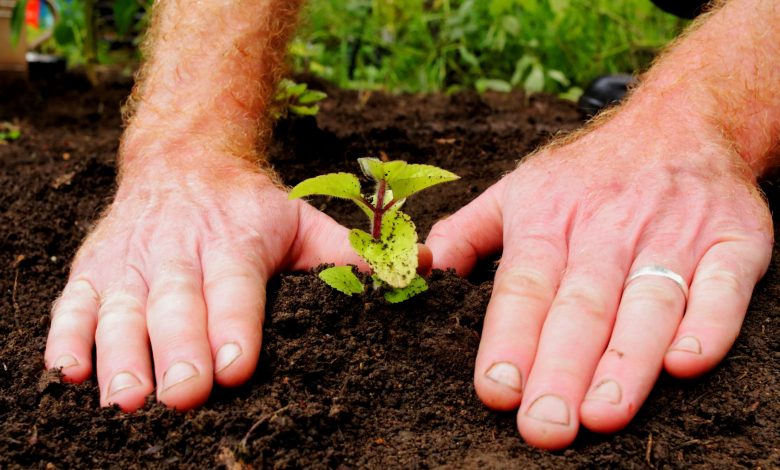
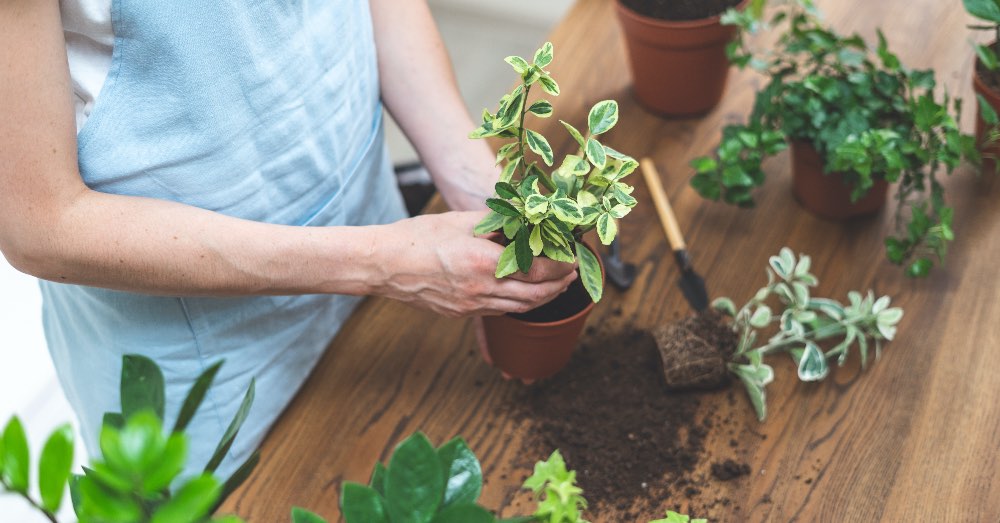
Transplanting newly purchased plants is a more than usual practice and one that, without a doubt, makes perfect sense. The objective of our new acquisitions is always to embellish a certain space. Whether it ‘s indoor plants or outdoor plants, bringing home new specimens implies a reason for joy mixed with impatience. But, although it is complicated, nothing in a hurry. They can be our worst companion.
As much as we want, there are some things to consider before transplanting newly purchased plants. Although we believe that the thing consists only of moving a plant from one place to another, it is not that simple. And we are not saying this, solely, because it is important to take into account how to transplant a plant correctly. We also say this because this change can have negative effects on our new plant.
Precisely to prevent this from happening, it is important to know some details to transplant newly purchased plants. Some that will allow us to fully enjoy the new acquisitions.
WHAT IS TRANSPLANTATION SHOCK?
Although it may sound Chinese, transplant shock is much more common than it seems. Although it is true that it occurs especially in the case of garden plants, ornamental plants are not exempt from it. And far from being something minor, it can not only directly affect the growth of a plant. It can also compromise your life.
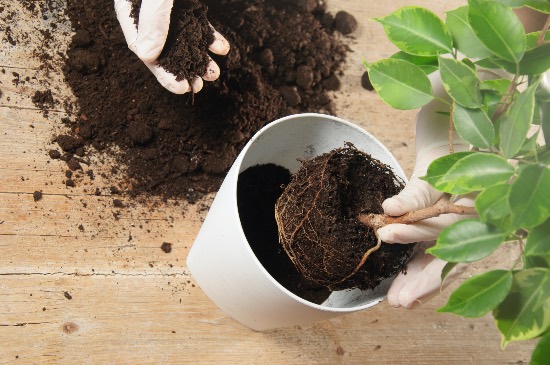
For that reason, there is nothing like understanding what exactly transplant shock is. Or, rather, how it happens. Because, although we may believe that it is our responsibility, nothing is further from reality. The truth is that it is, fundamentally, the consequence of a change in conditions and climate. You just have to stop to think about it to understand it. When a plant is in a nursery or a Garden Center like our stores, it is in very specific humidity and light conditions.
The characteristics of that environment are difficult to recreate in a house or garden. But it is not the only thing that affects when transplanting newly purchased plants. It should be added that a transplant is, in itself, a source of stress for a plant. Something that can lower your plant defenses against external attacks and that, added to a change in conditions, can bring fatal consequences.
HOW AND WHEN TO TRANSPLANT NEWLY PURCHASED PLANTS
Good. We have already understood why, sometimes, a newly bought and transplanted plant begins to spoil. But just as important as knowing why it happens is knowing how to make our plant acclimatize correctly. Something that, in essence, is not so complicated; and that we can achieve successfully if we follow some guidelines.
But yes. As important as taking into account the following tips is to give our plant what it needs.
1. Give it a few days of acclimatization, essential
In the case of indoor plants, we will have to have a little patience. Although we really want to see our new acquisition in its final location, it is more than advisable to give our plant an acclimatization period. A week or even ten days will be enough for him to get used to a different environment with its conditions.
When it comes to outdoor plants, time is not that important. In the end, the conditions they may have in the nursery or Garden Center will be similar to those in our garden. For this reason and more than the waiting time, we have to take into account other factors.
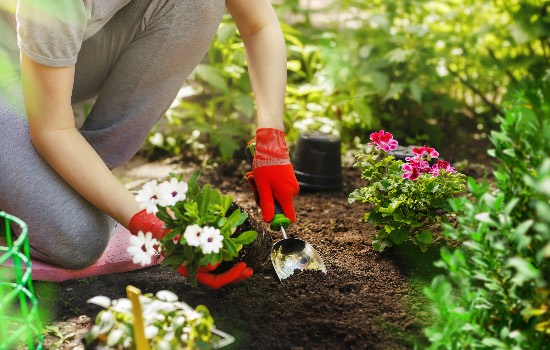
2. Choosing the right moment is important for transplanting newly purchased outdoor plants
Although our outdoor plant is already acclimatized, it is not the only danger that it can run when transplanted. And it is that, although we can transplant at any time of the year, the ideal is to avoid the warmer months.
The reason is simple. A transplanted plant needs time to take root and grow into the substrate around the root ball. While this happens, the latter tends to dehydrate easily, so we will have to water regularly and rigorously. For this reason, the ideal is to avoid the summer months to transplant, since they are the most demanding of hydration of the year.
3. Remove old and fallen leaves, a detail that ensures the health of the plant
An important trick to take care of the health of our plant. When we consider transplanting newly purchased plants, we always do so keeping the original root ball.
To avoid the appearance of fungi, we will always eliminate dry or rotten leaves that may be on the substrate. A simple gesture that will make it easier for us to avoid the proliferation of threats to the health of our plant.
4. Add earthworm humus to the substrate
Perhaps you do not know how to use worm humus correctly, but without a doubt, its weight in a transplant is key. And not only because it is the most complete organic substrate that exists, but also because it has important benefits for newly transplanted plants.
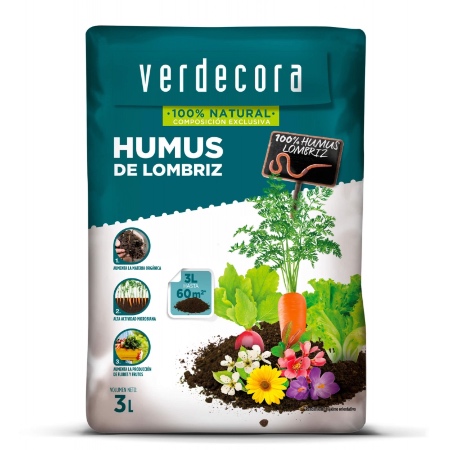
Two of the benefits of earthworm humus are that it promotes the creation of defenses in the plant but also favors channeling. Two aspects that, in the case of a transplant, are extremely important for the correct development of our new plants.
5. Taking care of the roots during the transplant, key to the well-being of our plant
They are, without a doubt, the most delicate part of any transplant. The good future of a plant depends on the correct health of the roots. Therefore, we must pay special attention to them.
We don’t mean just trying to get them out of the original pot as carefully as possible. Nor does it hurt to take advantage of the moment to clean them up. When we use this verb, it is important to understand the scope of the task. We are not just referring to removing roots that may be rotten. We are also talking about removing the substrate that may be caked between them and that makes it difficult for them to take root correctly.
Do you carry out any of these tips to transplant newly purchased plants? Tell us what you do!

![Photo of Armuelle: [Cultivation, Irrigation, Care, Pests and Diseases]](https://www.complete-gardening.com/wp-content/uploads/2022/08/armuelle-cultivation-irrigation-care-pests-and-diseases-390x220.jpg)
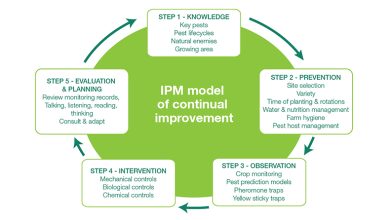
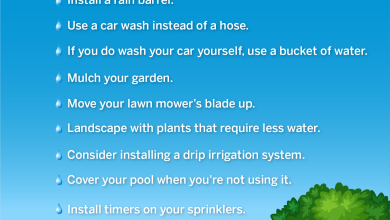
![Photo of Transplanting a Tree: [Reasons, Conditions and Ideal Time]](https://www.complete-gardening.com/wp-content/uploads/2022/08/transplanting-a-tree-reasons-conditions-and-ideal-time-390x220.jpg)